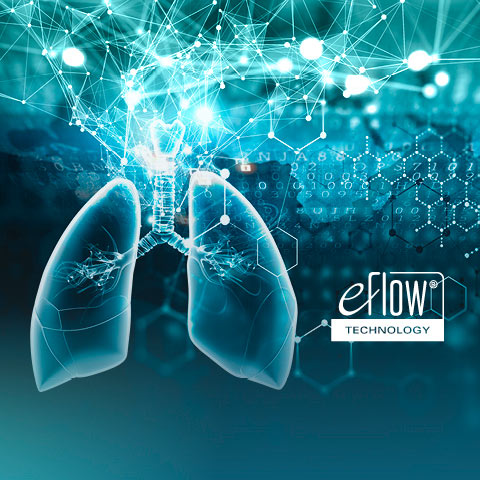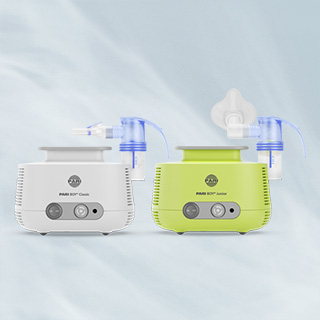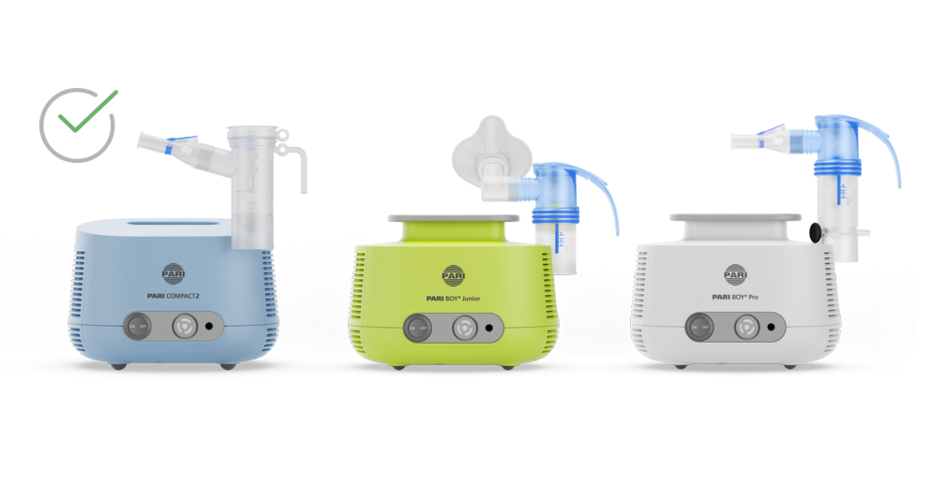PARI´s eFlow Partnering, in cooperation with partners from the pharmaceutical industry, develops and markets optimised vibrating membrane nebulisers for the administration of innovative medication.

Reliable, durable and tailored to your needs. Our quality standards are evident in every PARI BOY.

It is particularly important to us that our products have a proven effect. In particular nebulisers and inhalation devices, clinically proven and tried & tested through millions of uses, have won over medical specialists for decades. On our specialist portals, we provide doctors with additional information about inhalation therapy which has been customised specifically for them.
Use our interactive product guide to quickly and easily find the right inhalation device for your needs.

Contact us
Any questions? You can reach our service center at this number:
+49 8151 279-5220
International Distribution Partners
If you are looking to buy PARI products in a specific country, please click here
© 2024 PARI GmbH Spezialisten für effektive Inhalation